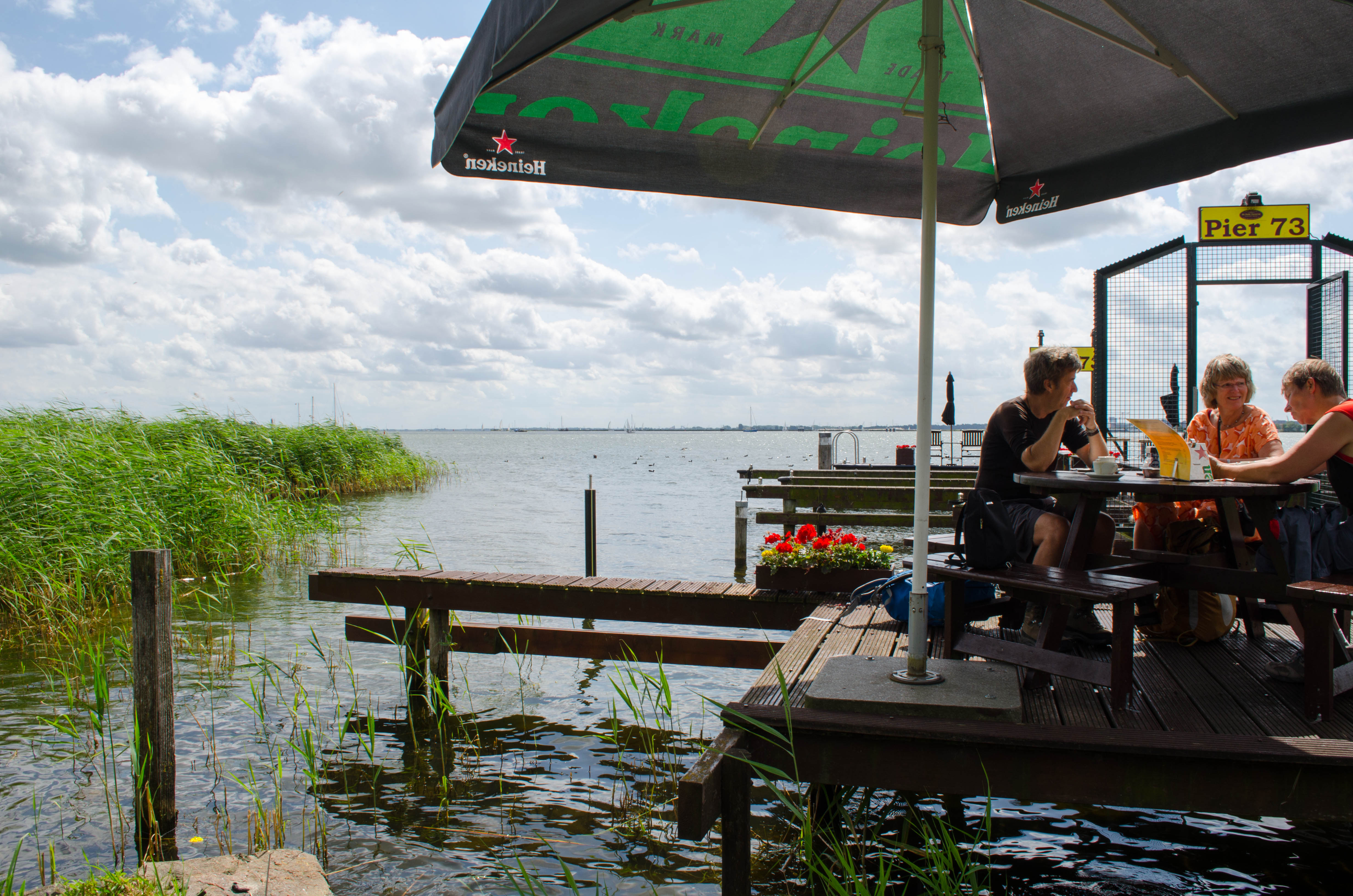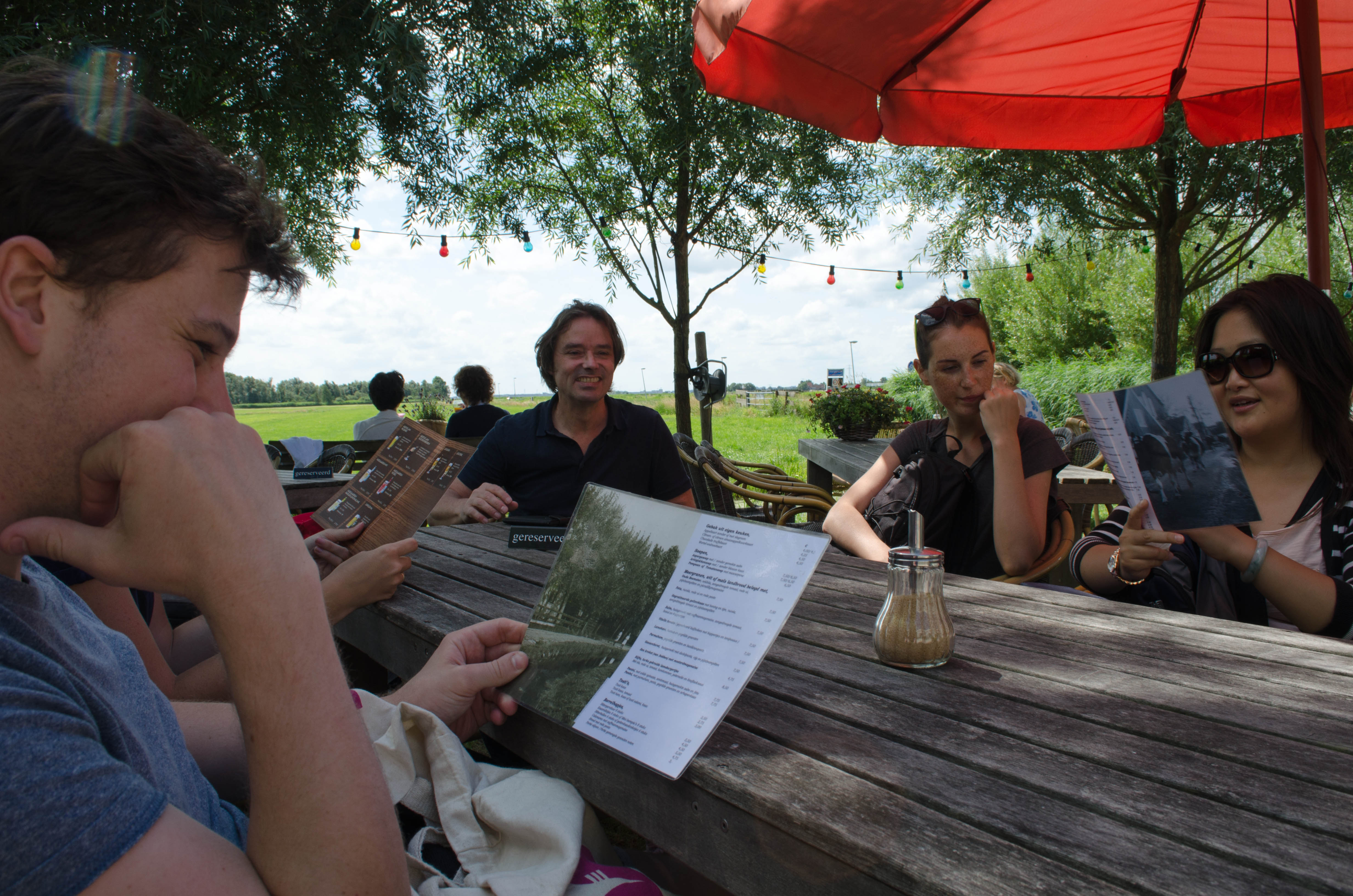 Regardless of what you think of tipping culture in the United States, one of its clear advantages is that the rules are pretty consistent. Expensive, yes, but consistent. Service workers in the Netherlands get paid a livable wage so, in theory, tipping isn’t required. Perhaps if you’re particularly wowed by extraordinary service, you might be moved to leave a tip, but, let’s be honest, you’re extremely unlikely to encounter that above-and-beyond kind of attention in Amsterdam because the servers aren’t explicitly going out of their way to earn a big tip.
Regardless of what you think of tipping culture in the United States, one of its clear advantages is that the rules are pretty consistent. Expensive, yes, but consistent. Service workers in the Netherlands get paid a livable wage so, in theory, tipping isn’t required. Perhaps if you’re particularly wowed by extraordinary service, you might be moved to leave a tip, but, let’s be honest, you’re extremely unlikely to encounter that above-and-beyond kind of attention in Amsterdam because the servers aren’t explicitly going out of their way to earn a big tip.
 So that’s how it works in theory, but in practice it’s an entirely different story. Amsterdam culture is tough to pin down because within a certain Amsterdamminess are hundreds of cultures from around the world. And just like with social greetings, the question of which culture you should defer to isn’t as easy as you’d think. Some servers have different expectations for whether they’ll receive a tip based on the nationality of the patron – everybody knows Americans like to tip. Should you tip in accordance with your own culture or your host’s? As more and more tourists and expats flock to Amsterdam, the tipping culture gets even more blurry and you’re likely to find as many opinions as there are restaurants.
So that’s how it works in theory, but in practice it’s an entirely different story. Amsterdam culture is tough to pin down because within a certain Amsterdamminess are hundreds of cultures from around the world. And just like with social greetings, the question of which culture you should defer to isn’t as easy as you’d think. Some servers have different expectations for whether they’ll receive a tip based on the nationality of the patron – everybody knows Americans like to tip. Should you tip in accordance with your own culture or your host’s? As more and more tourists and expats flock to Amsterdam, the tipping culture gets even more blurry and you’re likely to find as many opinions as there are restaurants.
It can be difficult to suss out on your own and, like so much of travel, the best approach depends a lot on context. If it’s obvious that you’re a tourist (you’re carrying a bag from the Rijksmuseum and poster tube from the Van Gogh museum and have a green rubber Heineken Experience bracelet on) and you’re eating in a touristy place, the likelihood that you’ll be expected to tip is much higher than if you’re traveling incognito and eating somewhere off the beaten path.
Whereas in the United States all eating establishments are more or less treated the same tip-wise, in Amsterdam the rules vary depending on what kind of place you’re in. Between the extreme ends of the dining continuum, with your fancy sit-down restaurants at one end (where you’re best suited to always leave a small tip, around 10%) and snackbars at the other (you wouldn’t tip your McDonald’s cashier; don’t leave a tip at a snackbar), is a vast expanse of middle-ground: the brown cafés and bistros that constitute the heart of Dutch dining.
 You might order food at the bar, you might order drinks from your table, you might get heavy snacks and split the bill, you might have a full meal made up only of kaastengels and olives. In a place like this, it’s really up to you. Generally, the more attentive and specific your service is – same server for your whole meal? lots of offers to keep the drinks flowing? multiple food orders? – the more likely you should leave a tip. This you can do by leaving money on the table or telling the person with the PIN machine exactly how much you’d like to pay, generally just rounding up to the next nice number amount, maybe €1 or €2 at the most. You don’t ever need to tip your bartender, and while delivery people don’t expect tips, it’s a service that I’m particularly appreciative of and willing to pay extra for, if for no other reason than to see their unreasonably excited grin.
You might order food at the bar, you might order drinks from your table, you might get heavy snacks and split the bill, you might have a full meal made up only of kaastengels and olives. In a place like this, it’s really up to you. Generally, the more attentive and specific your service is – same server for your whole meal? lots of offers to keep the drinks flowing? multiple food orders? – the more likely you should leave a tip. This you can do by leaving money on the table or telling the person with the PIN machine exactly how much you’d like to pay, generally just rounding up to the next nice number amount, maybe €1 or €2 at the most. You don’t ever need to tip your bartender, and while delivery people don’t expect tips, it’s a service that I’m particularly appreciative of and willing to pay extra for, if for no other reason than to see their unreasonably excited grin.
The Dutch are notoriously thrifty and the service industry is set up to pay workers well, so, if you’re ever not sure what to do, try to suppress your cultural guilt and err on the side of restraint: when in doubt, leave it out.